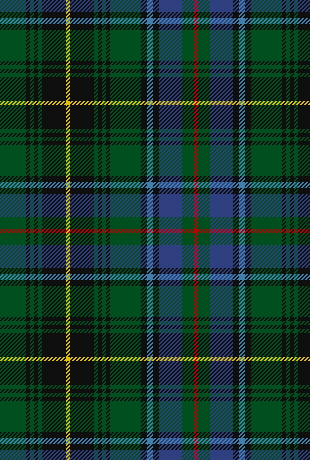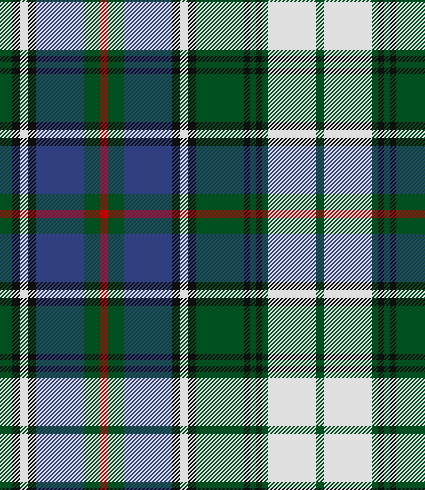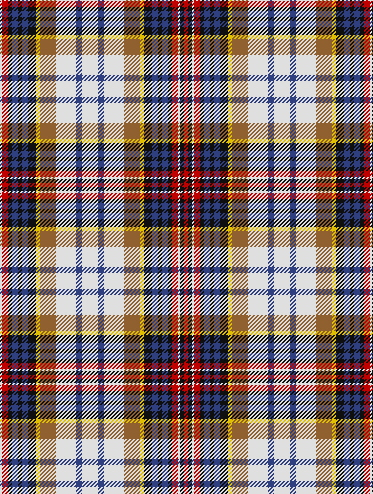
|

Clan Tartan
|

Dress Tartan
|

Hunting Tartan
|
|
CREST: A sinister arm from the shoulder bendways attired in a close sleeve of the proper tartan of the Clann Aonghais grasping a bow in bend sinister proper
MOTTO: MacAonghais a-rithist: Again MacInnes
SEPTS:
Mac and Mc are interchangable, although both are shown here. The MacInnes variants are derived from the original Gaelic ‘MacAonghais’ (Son of Angus).
Angus, Canch, Cansh, Caunce, Hance, MacAngus, MacAinish, MacAinsh, MacAneiss, MacAninch, MacAninsh, MacAnish, MacAnsh, MacAonghais, MacAonghuis, MacCainsh, MacCance, MacCanchie, MacCanish, MacCans, MacCansh, MacEnys, MacGinnes, MacGinnis, MacGuenis, Machans, MacHinch, MacInch, MacInish, MacInnes, MacInnis, MacInnisch, MacInnish, MacKance, MacKants, MacKinnes, MacKinness, MacKinnis, MacKinnish, MacKynes, MacQuinnes, Magennis, McAinish, McAneiss, McAngus, McAninch, McAnish, McAnsh, McCainsh, McCance, McCanchie, McCanish, McCans, McCansh, McEnys, McGinnes, McGinnis, McGuenis, McHinch, McInish, McInnes, McInnisch, McInnish, McInnis, McInsh, McKants, McKance, McKinnes, McKinness, McKinnis, McKinniss, McKinnish, McKynes, Kinnes, Kinnis, Kynnes
The name comes from the Gaelic MacAonghais, literally "Sons of Angus" Our distant forebears were among the early inhabitants of Islay, Jura and the Kintyre peninsula in Scotland, generally part of the region known as Argyll, or “coastland of the Gael”. These Celtic, Gaelic-speaking people first appear there as settlers from Ireland in the last years of the 3 rd or 4 th century AD. In c.500, three brothers - Fergus Mor, Loarn, and Oengus, expanded the north Irish kingdom of Dalriada to southwestern Alba. Oengus (Angus) is considered to be the first of our Clan and is thought to be buried on Iona. The MacInneses, MacGillivrays, MacMasters and MacEachearns were original members of an alliance known as Siol Gillebride (Seed of the Servant of St. Bride) somewhat in the manner of Clan Chattan. The great Celtic-Norse warrior Somerled is often referred to as Somerled MacGillebride and his father was believed to be a MacAonghais Chief. Somerled’s grandson was the first of Clan Donald. By the time of Somerled, (killed in 1164), MacInnes people were well established in all of Morvern (the peninsula bounded by Loch Sunnart and Loch Linnhe and adjacent to the Isle of Mull). They moved there probably as a result of constant Viking raids in the islands during the 9 th century. In c.1358, the last chief of the Clan MacInnes was killed along with his sons by order of MacDonald, Lord of the Isles, presumably for interfering in the marriage of John, 1 st Lord of the Isles. In 1390, the lands and castle were deeded to Clan MacLean, which had carried out the deed.
Clan MacInnes remains without a Chief to this day.
For a printable pdf with more information, click
HERE
